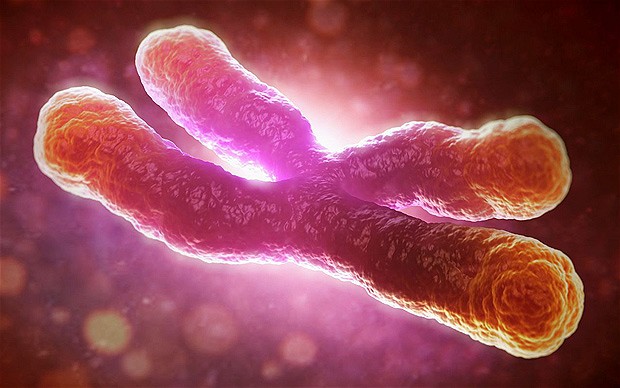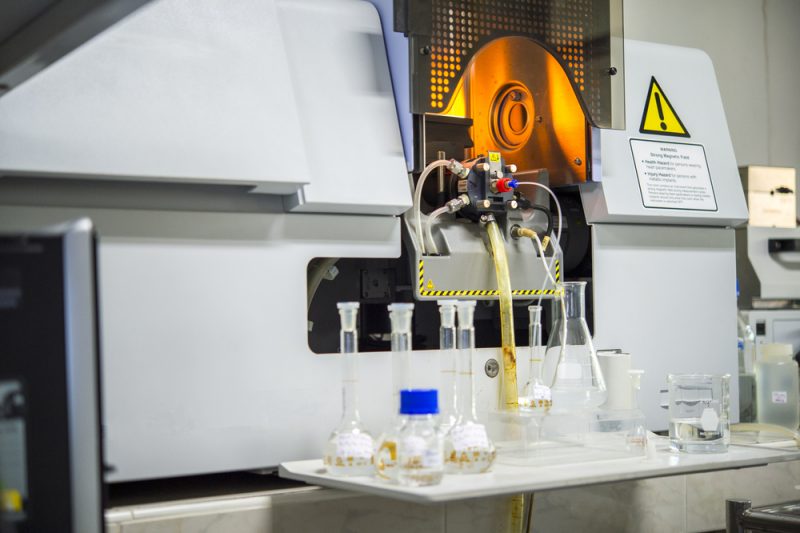Looking at a strand of DNA, found inside the nucleus of a cell, it appears to twist from top to bottom. Telomeres are found at the bottom of the DNA strand. Without the crucial role telomeres play we would lose the genetic information passed from the cell when it divides.
It starts within the chromosome where letters of each gene follow a pattern. For example, we read the alphabet starting with A then B and C. If we read the alphabet starting with B then A and C we would still be using the same letters, but we would get a different outcome. Using the same letters over in repetitious patterns when used in gene terms is what defines you. Genetic letters and the specific pattern they fall in must be copied before a new cell divides.
Telomeres read as letter formations containing all the hereditary and genetic makeup of a person. When a cell begins to divide it cannot copy the whole chromosome, DNA strand, from top to bottom. Thus allowing only part of the DNA strand to transfer genetic material to the new cell. With missing information needed to retain memory and function Alzheimer’s would set in or the new cell would cease to exist.

Fortunately, telomeres will share RNA a protein that copies DNA. Beginning in the middle of the DNA strand replication will occur polymerizing, a bonding process, from the bottom up. After a cell has divided any remaining RNA, also know as a DNA messenger, leftover on a section of DNA at the end of the chromosome will dissolve away by enzymes.
Without the RNA copied DNA when its time for a new cell to emerge the telomere will be shorter meaning the end of the DNA strand will be shorter than before.
Telomeres are thought to be one of the key factors in aging. They do not regenerate back to their original length. Since a piece of the telomere strand is lost every time to make a new cell eventually fragments of DNA will be all that’s left. If the fragments of DNA divide and make a new cell a multitude of problems would happen from illness to cell death. Of course with the last telomere division the new cell may be the last anyway.
What about stem cells? Aren’t they capable of replacing cells on their last leg after the telomere length has been exhausted?
While stem cells do play a huge role in keeping us alive for years on end they do have telomeres and can only divide a limited amount of times. The thing about stem cells is that they wait until they are needed before going on to make a specific cell or another stem cell. This gives them a longer shelf life.
The discovery of telomeres has led scientists to uncovering how to extend the length of telomeres whose length is controlled by telomerase an RNA protein complex. Slowing down or preventing telomeres shortening altogether have got scientists up and taking notes.








